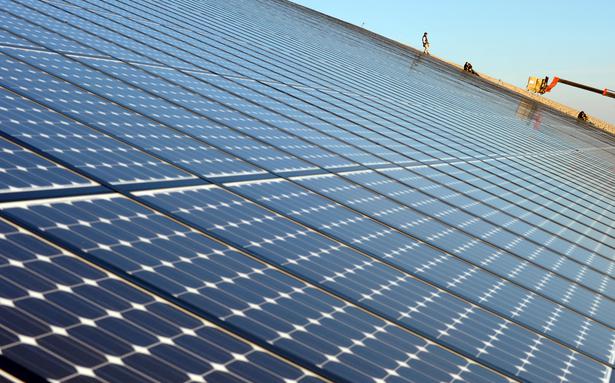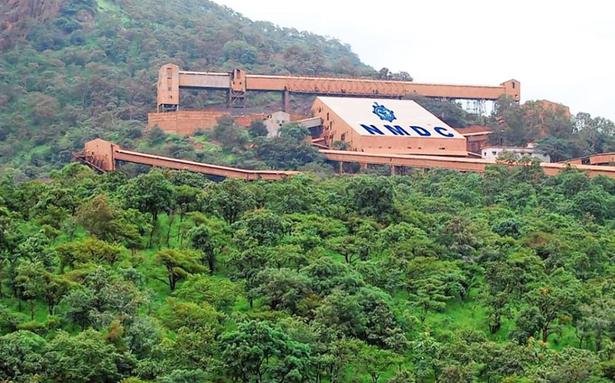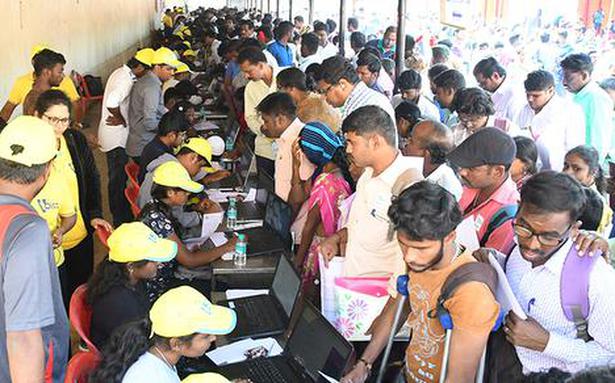It marks the first tranche of the government’s goal of feeding more renewable energy into the national grid
It marks the first tranche of the government’s goal of feeding more renewable energy into the national grid
The Solar Energy Corporation of India Limited (SECI), a public body of the Ministry of New and Renewable Energy, has published the tender for the establishment of 500MW/1000MWh Standalone Battery Energy Storage Systems (BESS). It is the first tender of its kind in the country and will provide electricity distribution companies with storage facilities that can be used on an “on-demand” basis.
The tender marks the first tranche of the government’s immediate goal to deploy 4,000 MWh of battery storage capacity to feed more renewable energy into the national grid. The Central Electricity Authority (CEA)/MoP has recommended that a battery energy storage capacity of 27,000MW/108,000MWh (4 hour storage) should be part of the installed capacity in 2029-30.
A BESS system consists of batteries that can be charged with solar energy during the day and then make this energy available in the evening or at night. As evening electricity demands are met by coal-fired power plants, integrating a battery system into a solar power plant means that dependence on coal can be reduced and homes and facilities can be supplied with more renewable energy.
India pledged a target of 500 GW (gigawatts) of renewable energy (RE) capacity by 2030 as part of Prime Minister Narendra Modi’s commitments at the United Nations Conference of Parties in Glasgow last year. This depends on Solar BESS.
“The International Energy Agency (IEA) expects India to have about 140 GW of battery storage by 2040, the largest of any country. The government estimates that India will need 27 GW of grid-connected BESS by 2030. A recent academic study estimates that India will need 63 GW/252 GWh (gigawatt hour) of BESS to meet the target of 500 GW of solar power generation capacity.” According to a report by the Observer Research Foundation.
While the BESS systems have helped provide power during coal-fired power plant outages, they have also been implicated in accidents and fire hazards. Analysts also say it could be expensive to install them on a large scale in India as they are primarily based on lithium-ion batteries.
The capacity envisaged in the SECI tender is 1000 MWh (500 MW x 2 hrs) representing two projects of 500 MWh (250 MW x 2 hrs) each and installed near the grid sub-station Fatehgarh-III in Rajasthan should be .
Essential support for market development
Of the capacity installed under the tender, 60% will be purchased by SECI on behalf of electricity purchasing companies and the remainder can be sold by project developers through third parties or market sales. “Through this tender, the government is thus providing significant support for market development in the field of energy storage,” says a press release.
The developer makes the system available for two operating cycles per day or two full charge-discharge cycles per day. The successful project should be able to provide electricity at least 95% of the time annually. The projects would run for 12 years, the statement said.




